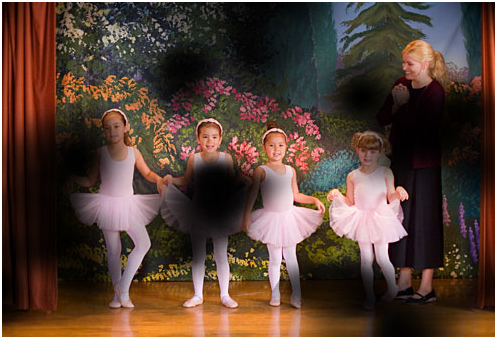Share

WHAT IS DIABETIC RETINOPATHY?
By Victoria Healthcare 12 April 2019

Cases of diabetes mellitus are growing rapidly in Viet Nam, as in other middle-income countries. Complications due to the disease are becoming major health issues, requiring effective health interventions for prevention and treatment.
An important vascular complication of diabetes is diabetic retinopathy (DR), which affects the vision of 2.6 million people in the world, and is responsible for 2.6% of global blindness (0.84 million of 32.4 million people).

If you have diabetes (type 1 or type 2), you could get DR. But your chances of getting it depend on several factors.
Eventually, nearly everyone with diabetes will get DR to some degree. The longer you have the diabetes, the more likely DR is. Your odds will be higher if you don't have good control of your blood sugar or you have high blood pressure or cholesterol. You can also help prevent it by not smoking.
At first, you may not even know you have DR. Or, you might just notice minor vision problems. Either way, there are things you can do to prevent its severity or how rapidly it develops. And there are treatments to help slow it down.
Unfortunately, you might not have any symptoms until your condition becomes severe. When you do start having symptoms, you might notice:
- A loss of central vision when you read or drive
- Inability to see colors
- Blurry vision
- Holes or black spots in vision
See your doctor right away if you have any of these issues.

Causes
When left untreated, DR damages your retina. This is the lining at the back of your eye that transforms light into images.
If your blood glucose (blood sugar) level is too high for too long, it blocks off the small blood vessels that keep the retina healthy. Your eye will try to grow new blood vessels, but they won’t develop well. They start to weaken and leak blood and fluid into your retina. This can cause another condition doctors call macular edema, which makes your vision blurry.
As your condition gets worse, more blood vessels become blocked. Scar tissue builds up because of all the new blood vessels your eye has grown. This extra pressure can cause your retina to detach. It can also lead to glaucoma and other problems that may result in blindness.
Diagnosis
An eye doctor can usually tell if you have DR during an eye exam. He/she will probably dilate your pupils to look for any changes in blood vessels or to see if new ones have grown. He/she will also check to see if your retina is swollen or has become detached.
Treatment
- Laser Surgery
In the early stages of DR, your doctor may do a procedure called pan retinal photocoagulation with a laser to destroy large areas of your retina where the abnormal blood vessels grow. Less common focal treatment also uses a laser. It seals the blood vessels and stops them from leaking and growing. These surgeries won't bring your vision back, but with follow-up care, you can lower your chance of further deterioration and blindness by as much as 90%.
- Anti-VEGF Therapy
A newer treatment may be better for saving and improving vision, especially for people with diabetic macular edema, which is swelling in the very center of your retina. You get shots of medicine into the jelly inside your eye (vitreous humor). This stops a protein needed to grow blood vessels. Unfortunately it isn't a cure. You'll need to keep getting shots. The treatment and its long-term effects are still being studied.
- Vitrectomy
In the late stages of DR -- if your retina has detached or a lot of blood has leaked into your eye -- your doctor may suggest this operation to remove scar tissue, blood, and cloudy fluid from inside your eye. Vitrectomy can improve your vision.

Prevention
Work with your doctor to keep your blood sugar and blood pressure at good levels. Don’t smoke. This will help to slow down diabetic retinopathy, and may even prevent it.
Make sure you see an eye doctor at least once a year for a complete eye exam. If you have diabetes and are pregnant, you should also have a thorough eye exam during the first trimester, and follow up with an eye doctor during pregnancy. (Tell the eye doctor if you have gestational diabetes – diabetes only when pregnant).


